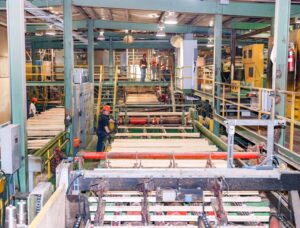 OLYMPIA, Washington — Washington state is investing $700,000 to support its apple and timber industries, creating at least 270 new jobs, Governor Bob Ferguson announced Thursday. The funding comes from the state’s Economic Development Strategic Reserve Fund, which uses unclaimed lottery prize money to help attract and retain jobs. The money will be split across three projects: Yakima County: $250,000 to prepare a site in Sunnyside for a new apple products processing plant. Forks: $200,000 for infrastructure upgrades at the Forks Industrial Park, where Riverside Forest Products USA plans a sawmill. Spokane Valley: $250,000 to expand a manufacturing facility for Mercer Mass Timber. Governor Ferguson said the investments, combined with private funding, will strengthen the state’s economy. Commerce Director Joe Nguyễn added the funds will help meet infrastructure needs, support local businesses, and create sustainable jobs.
OLYMPIA, Washington — Washington state is investing $700,000 to support its apple and timber industries, creating at least 270 new jobs, Governor Bob Ferguson announced Thursday. The funding comes from the state’s Economic Development Strategic Reserve Fund, which uses unclaimed lottery prize money to help attract and retain jobs. The money will be split across three projects: Yakima County: $250,000 to prepare a site in Sunnyside for a new apple products processing plant. Forks: $200,000 for infrastructure upgrades at the Forks Industrial Park, where Riverside Forest Products USA plans a sawmill. Spokane Valley: $250,000 to expand a manufacturing facility for Mercer Mass Timber. Governor Ferguson said the investments, combined with private funding, will strengthen the state’s economy. Commerce Director Joe Nguyễn added the funds will help meet infrastructure needs, support local businesses, and create sustainable jobs.
